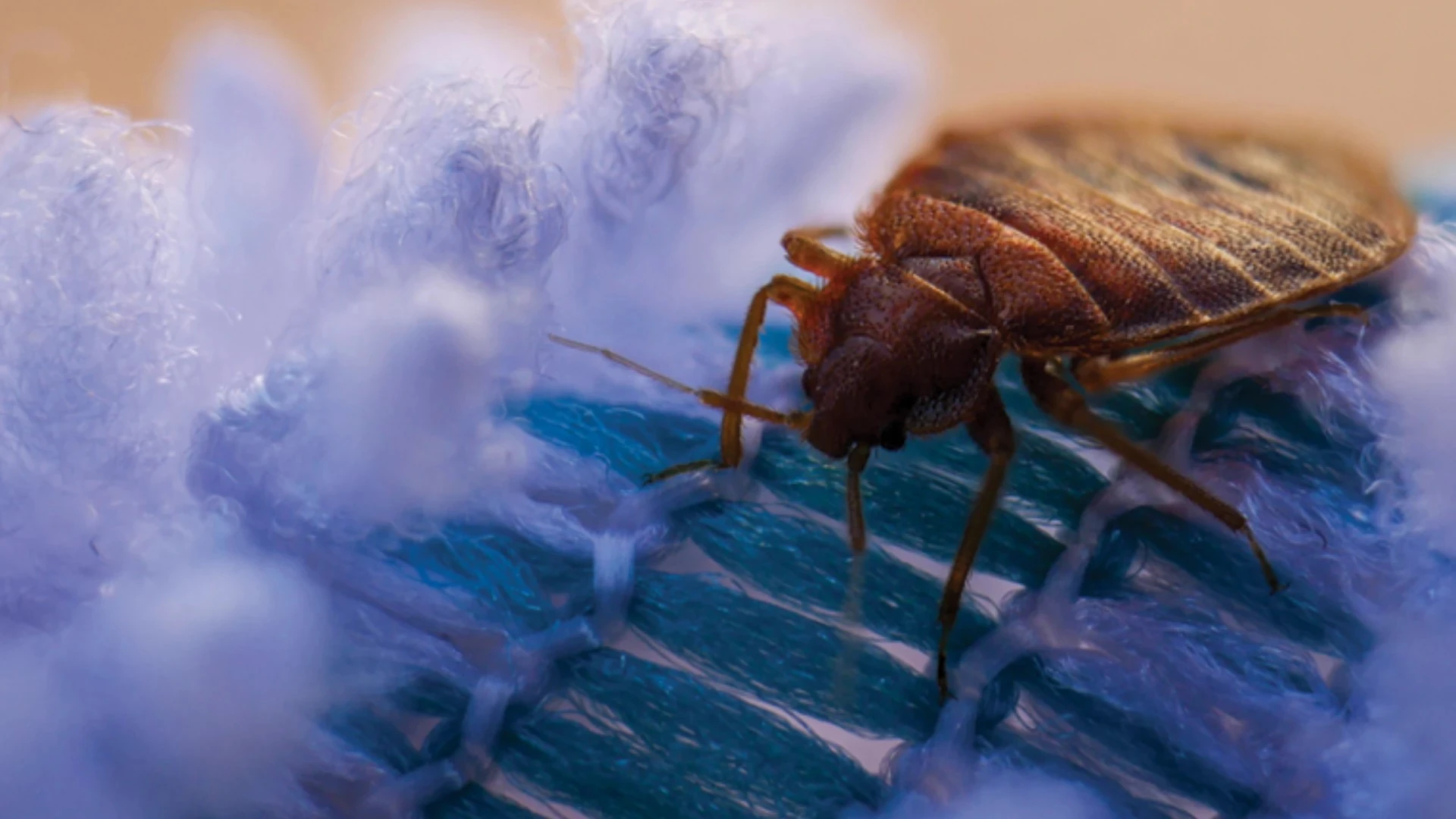Don’t sit idly by and reminisce about the good old days when termite swarms made your phone ring off the hook. Those days are gone, but that doesn’t mean your business has to take a financial hit.
Much to the consternation of many in the pest management industry, the termite swarm season has come and gone without much fanfare in recent years. While you will find no shortage of theories for the apparent decline in termite swarming activity, the time has come for PMPs to stop waiting for the next "big swarm" and take charge of their own destiny.
Contrary to the industry rumor mill, Termidor and Sentricon have not impacted termite colonies to the point of extinction, rather termite colonies appear to be present, healthy and all around us. If that’s the case, termite services still represent a significant market opportunity if this area of your business is given the proper attention.
A NEW DAY. Remember the theme from the movie Field of Dreams? "Build it and they will come." Those are the words pest control companies that are dependent on a strong swarm each year need to follow — you need to build a system to create a virtual swarm and the leads will come.
The companies that have fared better than their competitors during these lean swarm years are those that have invested in strategies designed to generate termite leads, such as cultivating relationships within the realtor community; investing in sales training; or funding an aggressive marketing plan that drives leads. Companies that wait and pray for a strong termite swarm are the same that wait for the phone to ring. In order to succeed during these challenging economic times, PMPs must create their own opportunities to ensure a consistent and steady lead flow.
Where has the termite swarm of old gone? The industry line is that the efficacy of Termidor and Sentricon has eliminated termite colonies rather than repelled the population, the mode of action of the previous generation of termiticides. There may be some small grain of truth to this theory, but realistically termite colonies are more likely simply going through cyclical changes due to the impact of extreme weather conditions, parasites, predators and diseases, the natural progression of life cycles and population dynamics that affects all life forms.
In the past, Texas and Florida and other parts of the American Southeast and Southwest have experienced long-term droughts followed by powerful hurricanes. Insect populations neither like drought conditions nor too much rain. Termites are very dependent on a high level of humidity within their colony structure to survive. These extreme climatic conditions place stress on once-healthy termite populations. Additionally, once the colony is under stress it becomes more vulnerable to disease, parasites and predators. And once termite populations crash, the parasite and prey populations collapse as well, allowing the strongest termite populations to rebound in the future.
The swarm is generally considered a sign of a healthy and mature termite colony; at least that’s what we’ve always been taught. I believe termites are simply in a down-population cycle and will rebound as environmental conditions improve. Once they rebound, populations and swarm sizes should be larger if termites follow a typical population dynamics curve.
BE PROACTIVE. Until our industry gets back to the days when the termite swarm is abundant and generates a 6- to 8-week backlog of service calls, PMPs need to take control. There are many ways to self-generate termite and other pest leads. Here are some suggestions to get started:
Invest in a termite monitoring program. There are a variety of high-quality termite monitoring systems currently on the market. The key is to make an investment in any one of these systems and commit to incorporating a termite monitoring option into every non-termite sales presentation. If you do, three things will happen:
• You will find termite activity even when termites aren’t swarming.
• You will create a new source of renewable revenue by selling a "watchdog" monitoring system to replace some of the lost termite income you’ve experienced.
• The customer will call your company when other pest problems arise, which in turn will generate new revenue sources.
Advertise your termite services. Spend advertising dollars to notify the consumer that termite swarms are not as predictable as they once were and that their property is at risk of attack and damage from the unseen worker stage. Remind them that termite workers are active 24-7 and 365 days a year, even if there hasn’t been a swarm in or around their home. Noticeable damage can take years to show itself and in many cases the damage is significant once found. These are the factual messages both current and potential customers need to hear.
Create your own termite swarm. Rather than focusing only on pest-pressure dependent ad campaigns, each Spring — March in the Northeast and February in the Southeast — invest in a proactive telemarketing or direct mail campaign that warns homeowners of the unseen presence of termites.
Train your CSRs. Invest in training for your customer service representatives, technicians and sales staff to make sure they focus on educating consumers on termite biology, the swarm phenomenon and the absence of a strong swarm over the last few years.
In the interim, PMPs must take action and discover non-swarming termite populations in both current and potential accounts. Termites are out there and waiting to be found. By including a monitoring program in your service offering, you will preserve and grow your market share until the year of the "big swarm" returns.
Chris Donaghy, BCE, is CEO of Residex-Turfgrass. To contact him, e-mail cdonaghy@giemedia.com.

Explore the February 2011 Issue
Check out more from this issue and find your next story to read.
Latest from Pest Control Technology
- Rentokil Terminix Expanded in Key Markets with 2024 Acquisitions
- In Memoriam: Joe Cavender
- Certus Acquires Green Wave Pest Solutions
- Liphatech Adds Alex Blahnik to Technical Team
- Do the Right Sting: Stinging Insect Identification, Management, and Safety
- VAGA's 8th Annual Veterans Thanksgiving Appreciation Dinner
- Clark's Blair Smith on the Response to Increased Dengue Fever Cases in Southern California
- WSDA, USDA Announce Eradication of Northern Giant Hornet from U.S.





